Draft guidance on the prevention and treatment of periodontal disease
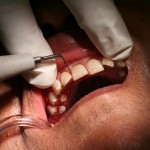
The Scottish Dental Clinical Effectiveness Programme (SDCEP) had just made available its new draft guidance on the prevention and treatment of periodontal disease. The Scope of the guidance is to assist and support primary care dental teams in providing appropriate care for patients both at risk of and with periodontal diseases. The guidance aims to [read the full story…]
Caries risk assessment programmes in pre-school children
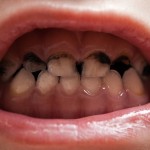
Identifying children at greatest risk of caries in order to optimize preventive activity has been a goal of the dental profession for many a long year and a number of reviews of potential risk factors have been conducted ( see Dental Elf 10th Dec 2012). This study aimed to assess a number of caries risk [read the full story…]
No differences seen in marginal quality of the microhybrid composite restorations placed with regular and high-power polymerisation protocols at five years
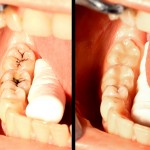
Composite resin restorations are becoming a regular element of restorative dental care. Usually they are photo-polymerised, and polymerization protocols are considered to be one potential factor in the marginal quality of these restorations. The aim of this study was to compare the marginal quality of composite restorations employing two polymerisation protocols, namely regular versus high [read the full story…]
Review suggests that of guided tissue regeneration with absorbable collagen membranes may improve clinical outcomes for periodontal patients
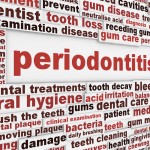
Periodontitis results in damage to the bone and connective tissues supporting the teeth. The use of barrier membranes aims to assist regeneration of periodontal tissues in order to overcome some of the limitations of conventional treatment. The aim of this review was to assess the outcomes of guided tissue regeneration (GTR) using an absorbable collagen [read the full story…]
Insufficient evidence to refute or support the effectiveness of psychosocial interventions for patients with head and neck cancer

Worldwide there are more than 500,000 new cases of head and neck cancer annually, making it the 5th most common cancer. A diagnosis of head and neck cancer has a significant psychosocial impact and interventions have been developed to help patients cope with the emotional and social impact of the condition. The aim of this [read the full story…]
Only poor quality evidence available on immediate versus delayed implant placement in augmented alveolar ridges
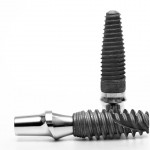
The aim of this review was to compare, the success rate of dental implants placed simultaneously or as a second surgery following ridge augmentation by means of guided bone regeneration (GBR) or onlay graft regeneration technique. Searches were conducted in Medline and Embase and screening conducted independently by two reviewers. Both prospective and retrospective study [read the full story…]
The prevalence of peg-shaped lateral incisors is higher among Mongoloid people

The peg-shaped lateral incisor is one that has an incisal mesiodistal width of the tooth crown shorter than the cervical width. This can lead to aesthetic, orthodontic and periodontal problems for the patient. The aim of this review was to assess the prevalence in relation to race, sex, population type and continent of origin. The [read the full story…]
Some evidence that prophylactic antibiotics reduce implant failures
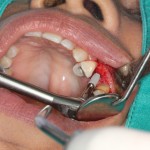
Dental implants are being used increasingly and some implant failures may be due to bacterial contamination at insertion. Prophylactic antibiotic regimens have been proposed to minimise infection. The aim of this review was to address the question, does the use of antibiotics, when compared with a control group, reduce the frequency of implant failure and [read the full story…]
Sealant use had a small preventive effect on white spot lesions following orthodontic treatment
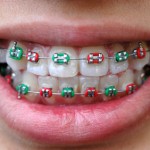
White spot lesions (enamel decalcification) is an adverse effect of orthodontic treatment and may be present in up to 50% of patients following removal of fixed appliances. Topical fluorides have been shown to reduce decalcification and the use of fluoridated bonding composites and elastomerics have also been tested. The aim of this study was to [read the full story…]
Study suggests that use of dentine bonding agents provides the greatest improvement in dentine hypersensitivity at 2 weeks and 6 months
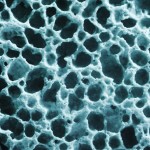
The aim of this study was to evaluate the efficacy of three different interventions (non-desensitising toothpaste, desensitising toothpaste and professionally applied dentine bonding agent) in reducing dentinal hypersensitivity over a 2-week, 3-month and 6-month- period in a dental practice setting. In this practice based study patients adults (18-75yrs of age) with at least one sensitive [read the full story…]
